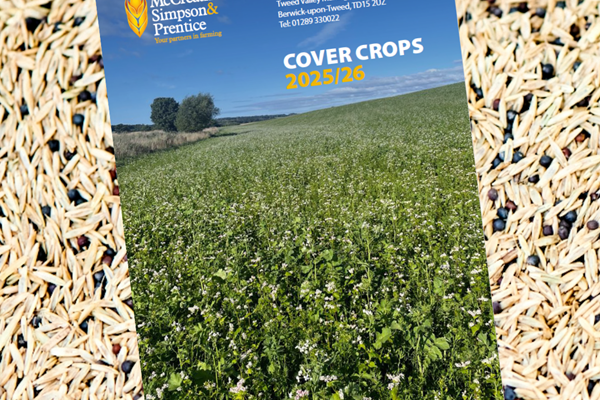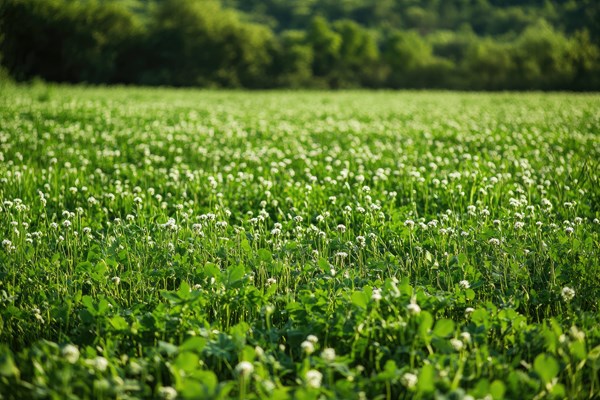
- 10 February 2025
Cover crops: Three biggest things we've learned
In the past, fields like our spring barley trial site at Beal were left in stubble over winter but today those same fields are full of radishes, vetches, and rye. But why the change?
Cover cropping, a method that dates back many years, has become topical as farmers seek innovative ways to improve efficiency and sustainability. Cover crops are affected by several factors including soil type, weather, seed rates and time of sowing. They are often hailed for their potential to address key agricultural challenges, such as improving soil health, reducing the workload during busy periods, reducing environmental impacts, and providing economic benefits. But do these perceived benefits align with what we've found at our trials?
Having implemented cover cropping for four seasons, we've gathered substantial data and knowledge and have learned three important lessons:
1. Species choice is crucial
The success of cover crops largely depends on aligning your aims - whether livestock grazing, reducing nutrient leaching or building organic matter - with the right species.
At our trials site at Beal, we are growing three cover crops with the aim of improving soil health while also maintaining the quality of the subsequent spring barley crop:
Brassicas: An excellent choice for breaking up soil compaction due to their robust rooting structures whilst also being able to be grazed, therefore producing substantial above-ground biomass.
Phacelia: A non-brassica option with strong rooting capabilities for breaking up soil compaction without the risk of clubroot that brassicas bring in oilseed rape rotations.
Vetch: A nitrogen-fixing legume with fibrous roots that break up the topsoil layer, aiding aeration and structure.
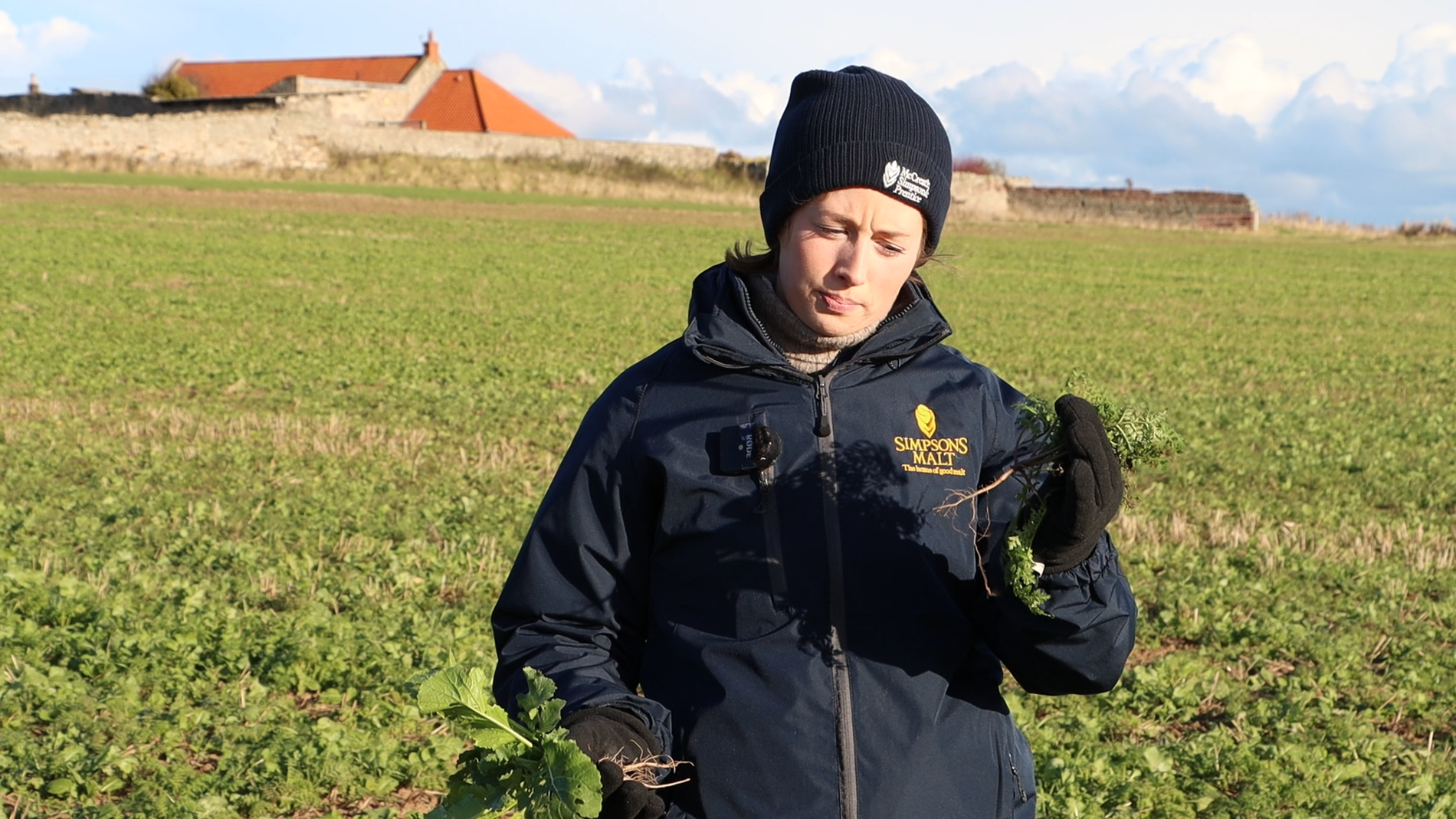
2. Cover Crops support malting barley quality with reduced nitrogen input
Our trials show that cover crops can help us consistently meet malting barley specifications while reducing nitrogen inputs by 10kgN2/ha.
Within our trials we use different nitrogen-fixing cover crop species and last year before we drilled the spring barley crop, we conducted soil mineral nitrogen tests to measure how much nitrogen was available in the soil. The results revealed that the cover crops absorbed and retained nitrogen during the winter as the untreated plots contained more nitrogen in their soil. This meant that the cover crops reduced the amount of nutrient leaching, and those nutrients were returned when the cove crops were incorporated back into the soil.
Lab test on last year's spring barley harvest confirmed that the grain nitrogen levels met malting barley specifications, proving that the cover crops had improved nutrient efficiency without compromising crop quality.
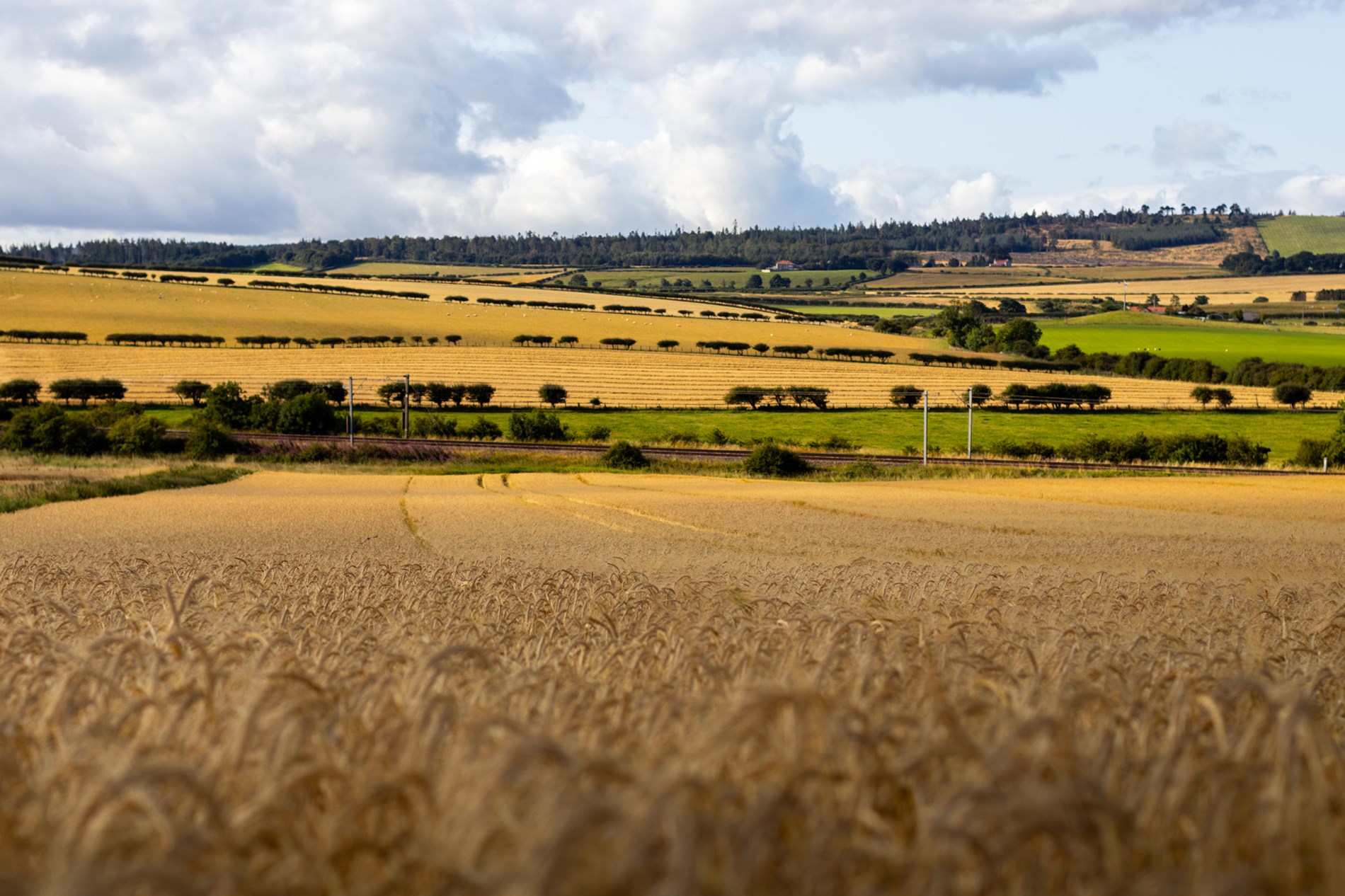
3. Establishment date is key
The third finding is that the success of cover crops and subsequent crops are heavily influenced by their establishment date and due to late sowing, as in trials, cover crops are often exposed to unfavourable weather.
Last autumn and this autumn were starkly different, and this has shown in how our cover crop trials have performed. Due to the wet autumn last year, the cover crops didn't establish as well which limited their benefits, however, this autumn's mild conditions have allowed for stronger cover crop growth and so hopefully the benefits will be greater.
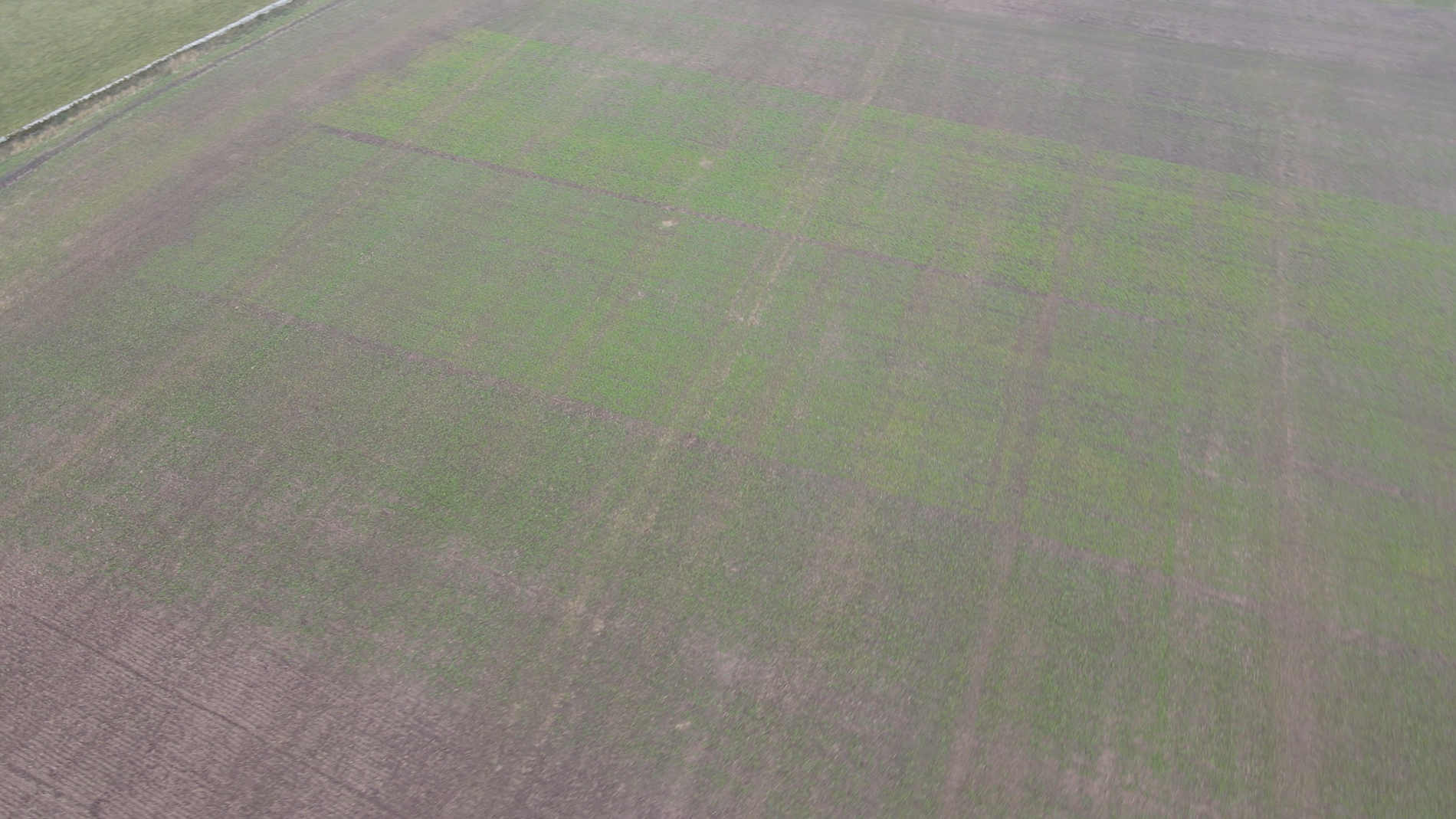
Get in touch today
If you are interested in improving the efficiency of your farm by planting cover crops, contact Feeds & Small Seeds Manager Alasdair Ralston on alasdairralston@mspagriculture.co.uk or call 07764 896379.





